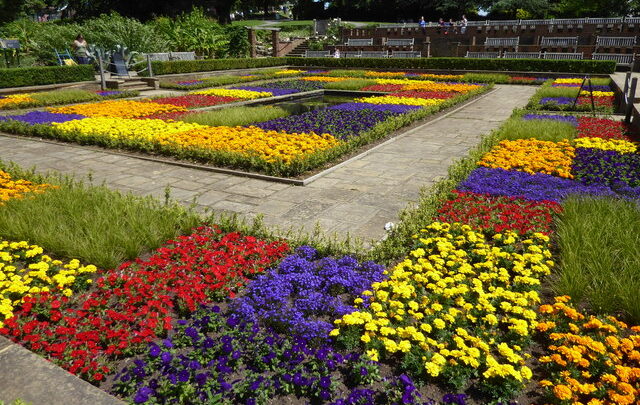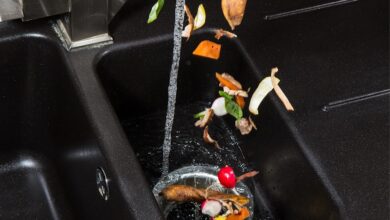The Magic of Monochrome Gardens

When people think of gardens, bright colors and fabulous hues come to mind. However, there’s a select group of avid gardeners who deviate from this rainbow mindset and prefer gardens of just a single color. Called monochrome gardens, these lawns do not have the vibrant color combinations of Netherlands’ tulip beds or the Japanese temple gardens’ serene blues and greens. Instead, they sport just one color family.
It might sound boring, especially to flower garden enthusiasts, but monochrome designs have produced some of the world’s most beautiful views. The Sissinghurst Castle Garden, for instance, is home to plants with exclusively white colors, creating an otherworldly spectacle for tourists around the world.
So if you want to recreate this masterpiece in your patch of land, here are some things to keep in mind.
One Color Family, Not One Color
The greatest misconception about monochrome gardens is that they only have one color. But even monochrome enthusiasts won’t stick to one color — it would make a flat, uninteresting garden. Moreover, it would be hard to find flowers of the same shade.
So, monochrome gardens use a color family, a set of hues that include the shades and tints of one color. A shade is a base color added black, while a tint is a base color plus white. For example, maroon is a shade of red, while pink is its tint. Monochrome gardens also use related tertiary colors for added depth — monochromatic red gardens would use red-orange colors and reddish-purple tones. Here are other color families you can explore for different types of monochrome gardens:
- Purple — Plants ranging from lilac to lavender to purple to blue-violet
- Blue — Plants ranging from blue-violet to midnight blue to periwinkle to blue-green
- Green — Flowers with blue-green, teal, and yellow-green petals
- Yellow — Plants ranging from yellow-green to buttery yellow to gold to yellow-orange
- Orange — Plants ranging from yellow-orange to pale peach to fiery orange and red-orange
- Pink — Flowers ranging from almost-white pale pink to deep rose
However, note that growing these flowers would require a bit more effort because you can’t merely choose plants with the same sunlight and irrigation needs. Moreover, you’ve put a lot of work into forming the garden, so its maintenance is the key. If you experience drainage problems, you might have to invest in trenchless sewer repairs so as not to disturb the design you’ve created. It’s also advisable to put more pest control measures in place to keep unwanted guests away from your garden.
Use Plants of Different Sizes
If you think that sticking to one color family is limiting, explore other garden characteristics that could add visual interest to your gardens. For instance, the sizes of the plants make a world of difference in creating variety. Even if you have a medley of colors in your garden, if the foliage comes in one size, then the garden won’t be as appealing.
Here are three plant sizes that should be present in your garden:
- Base Plants — The base plants are the short plants that cover the bare ground and keep the muddy brown soil out of sight. Standing at most 30 cm tall, these plants prevent soil erosion and occupy the space that could have otherwise gone to weeds. These take up half the space in your garden.
- Seasonal Theme Plants — Standing at most 90 cm tall, seasonal plants add more visual interest because they flower and bloom during the growing seasons. They usually occupy 40% of the garden space.
- Structural Plants — Structural plants are tall plants that grab attention and draw interest in specific garden points. These are sparingly used, occupying only 10% of the garden space.
By incorporating different plant heights and diverse colors within a color family, your monochromatic garden will be the toast of your neighborhood. It’s unique and unconventional in the most beautiful way.



